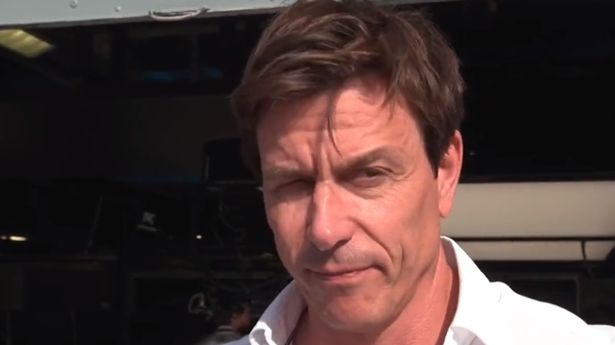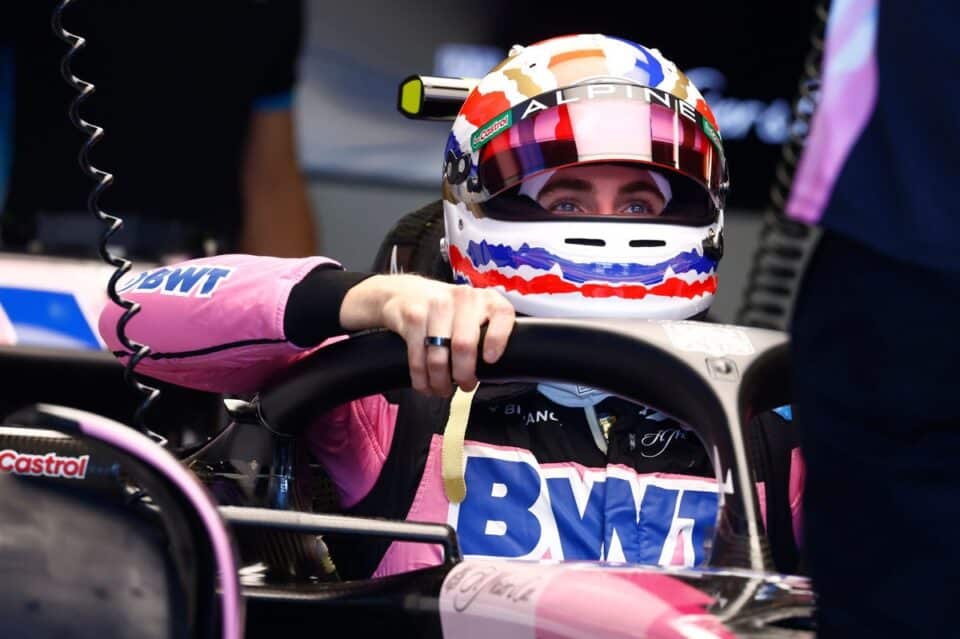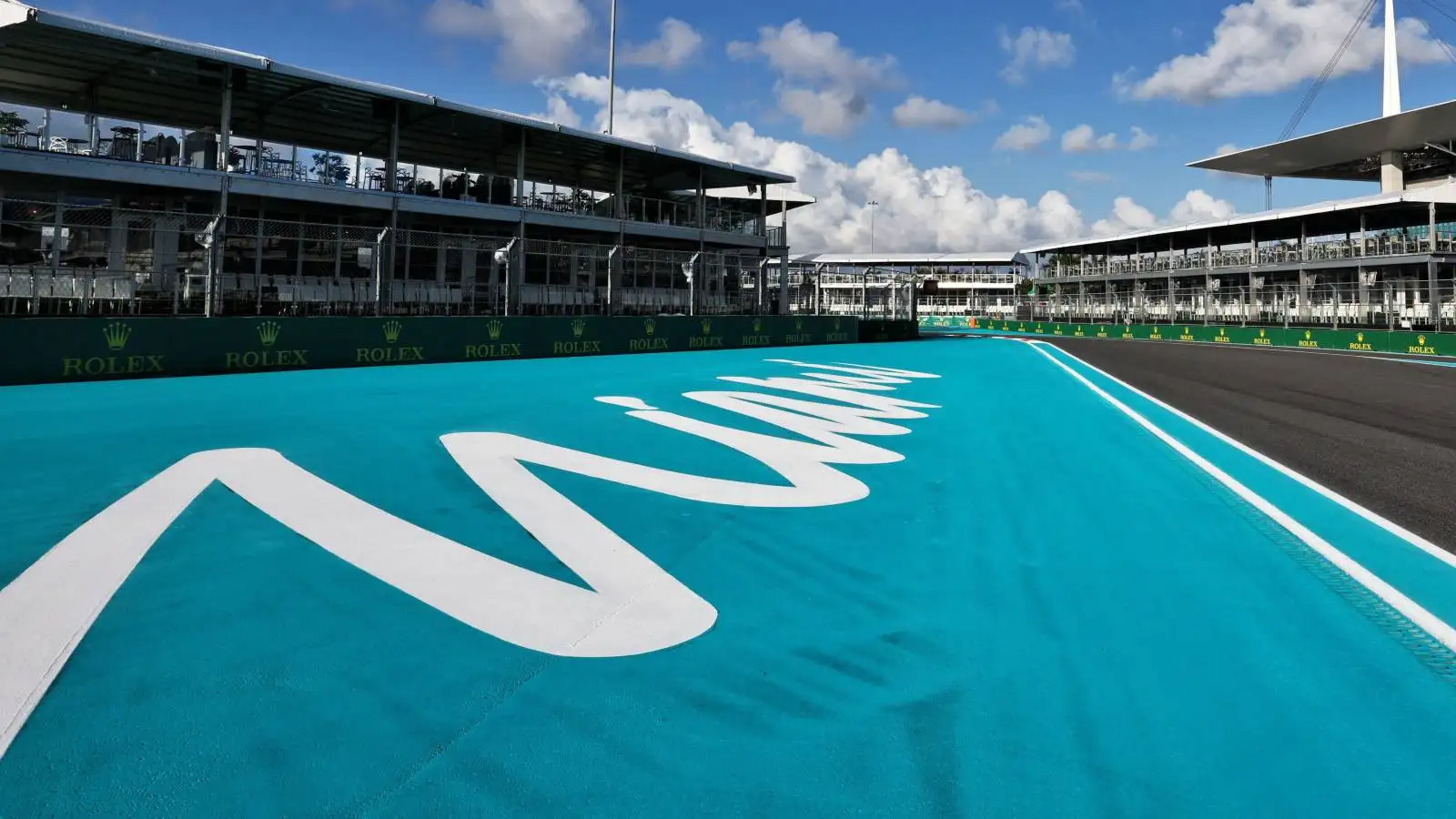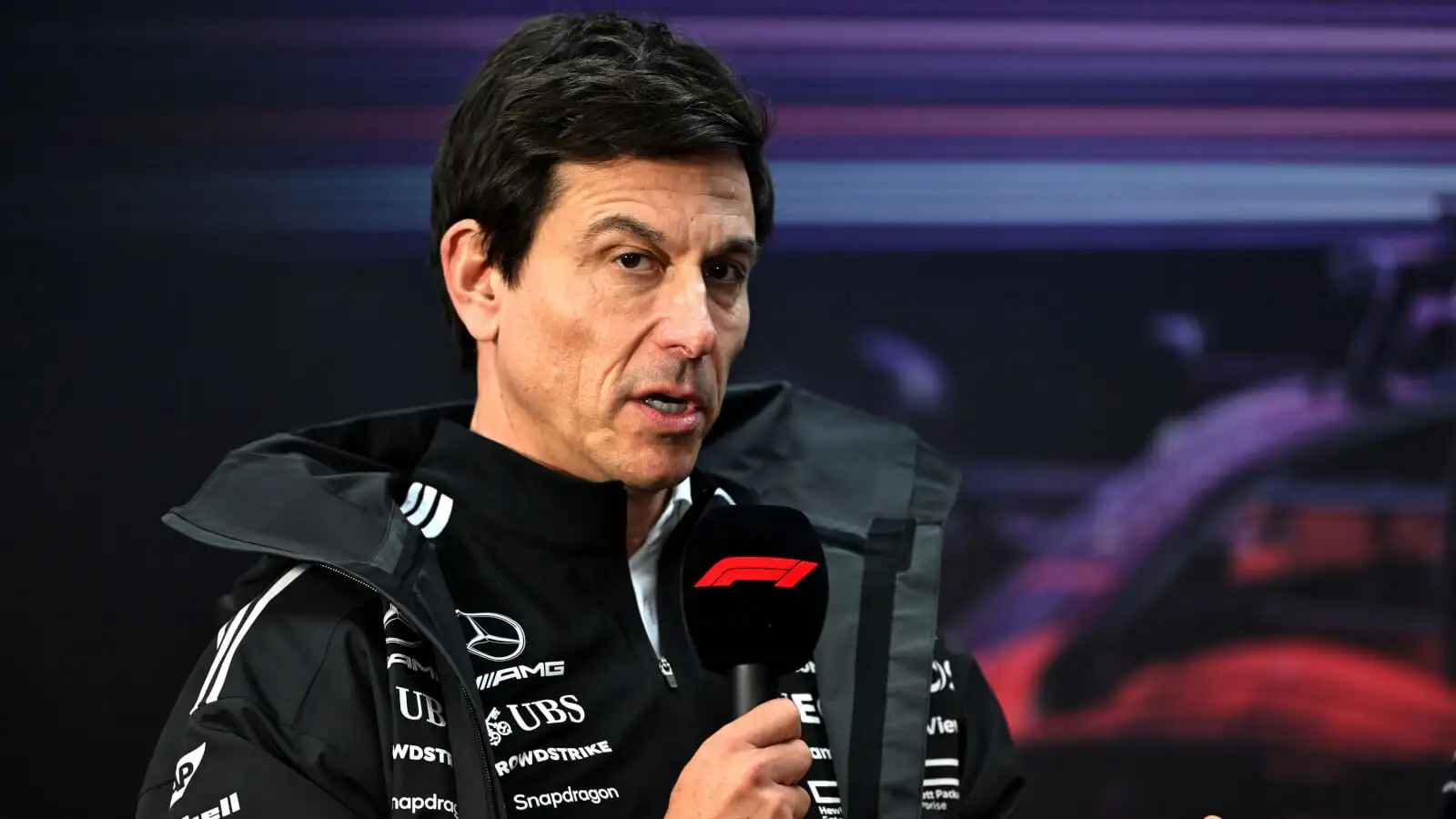In a dramatic twist at the Belgian Grand Prix, George Russell crossed the finish line first but was later disqualified.
The 2024 Belgian Grand Prix was nothing short of thrilling, but the excitement took an unexpected turn when George Russell faced disqualification. Russell initially celebrated his victory, only to be stripped of it later for his car being 1.5 kilograms underweight.
Mercedes team principal Toto Wolff admitted that if the race had gone another lap, they might have changed the team orders to favor Lewis Hamilton. The disqualification and the strategic dilemmas highlighted the intense pressure and split-second decisions in Formula One.
Andrew Shovlin, Mercedes’ Head of Operations, revealed that they are still trying to understand the weight discrepancy. “At the moment we are trying to understand exactly what happened. The first thing we need to do is determine the weights of the various components,” he said.
Shovlin pointed out that the car’s weight can change for several reasons, including tyre wear, floorboard wear, brake wear, and oil consumption. Even the driver’s weight plays a role, and Russell lost a lot of weight during the race. These losses combined to put Russell’s car below the 798-kilogram limit when he crossed the finish line.
Despite the technical drama, the race itself was a contest of strategy and skill. Russell’s one-stop strategy seemed brilliant as he managed his tyres well enough to fend off Lewis Hamilton, who was on a two-stop strategy. However, with McLaren’s Oscar Piastri closing in on fresher tyres, Mercedes considered using team orders.
“Probably if we had one more lap, [team orders] could have been a consideration because it would have protected P1 and George would have been P3. But I’m happy we didn’t have to make that decision,” Wolff revealed.
Lewis Hamilton was frustrated with the two-stop strategy, believing it cost him a potential podium. “I was completely in control. I had plenty of pace and tyres and it just didn’t work out,” Hamilton said.
Toto Wolff defended the strategy, explaining that a one-stop strategy was not considered viable at the time due to threats from Oscar Piastri and Charles Leclerc. “As a driver, you don’t have the full picture because he said his tyres were good. But at that stage nobody had a stop on the radar. We had to cover the cars behind us,” he explained.
The decision-making process in Formula One is complex, involving data analysis, driver feedback, and real-time adjustments. Even with sophisticated data, unpredictability remains a core element of the sport, as seen in the Belgian Grand Prix.
Team orders, directives by team management to drivers, can be strategically necessary but often lead to debates about fairness and sportsmanship. Wolff’s consideration of team orders was to secure a victory in the face of a closing rival, highlighting the difficult decisions team principals make under intense scrutiny.
The 2024 Belgian Grand Prix will be remembered for its thrilling finish and the controversy surrounding George Russell’s disqualification, showcasing the intricate balance of strategy, regulations, and performance in Formula One.










